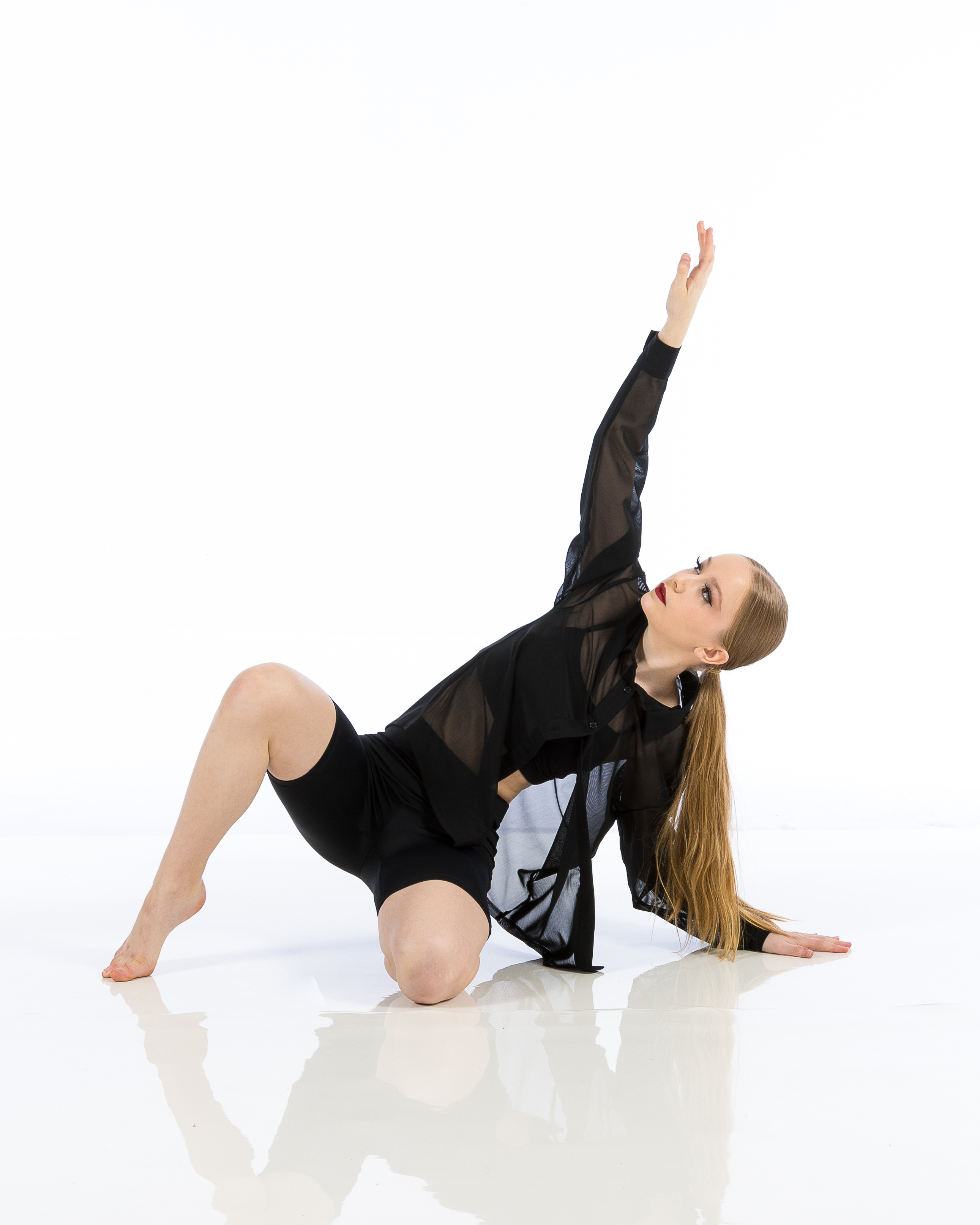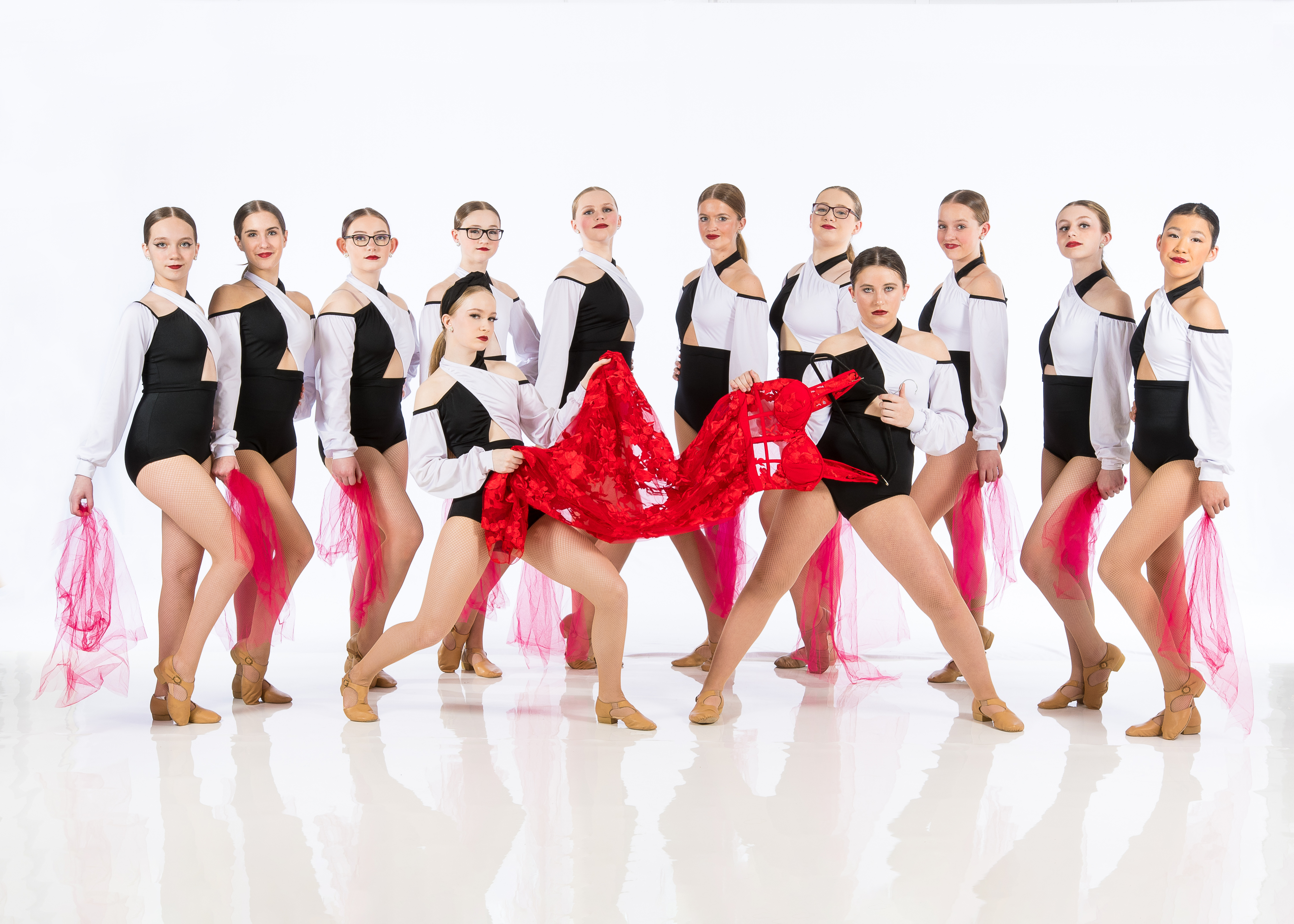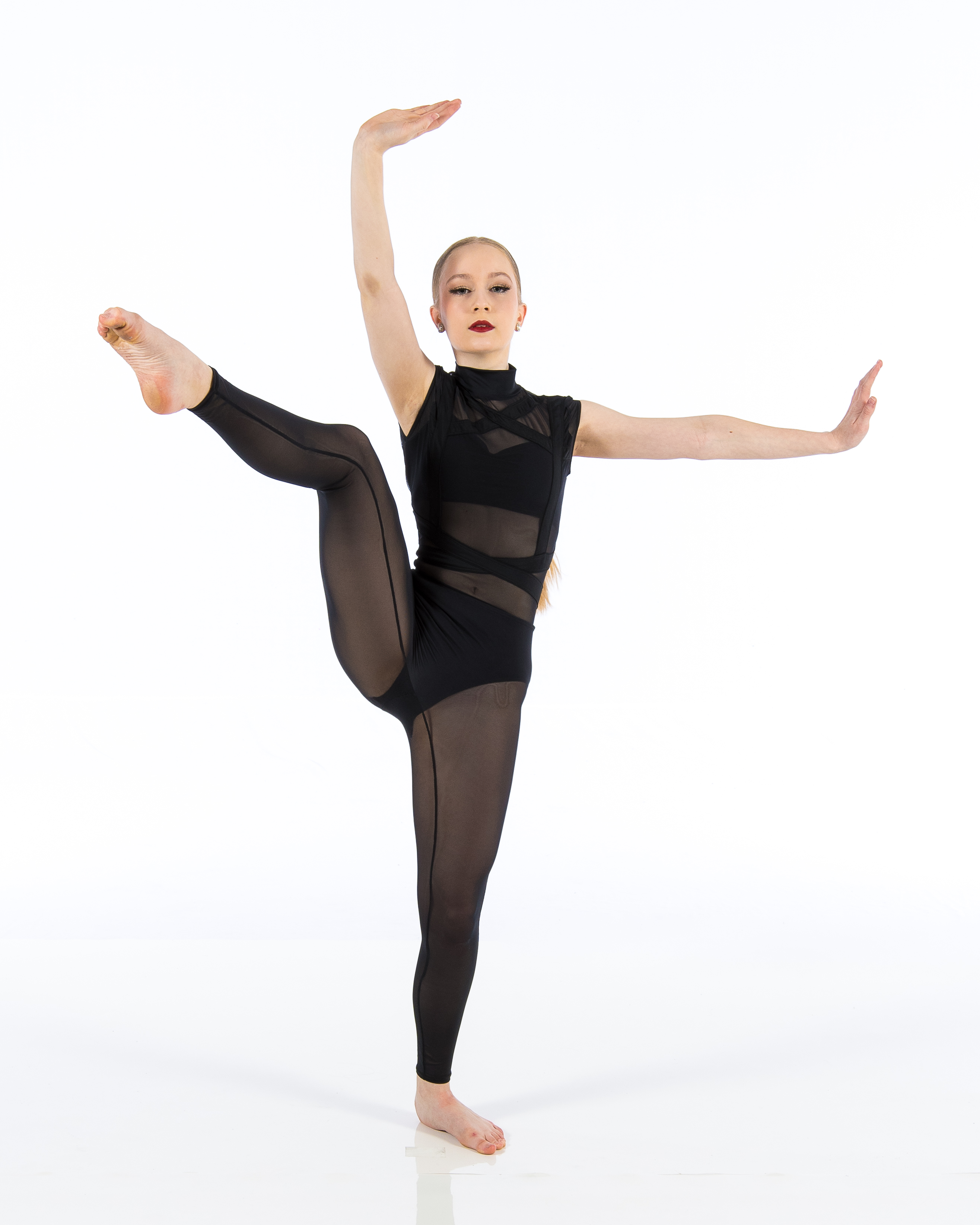Introduction
Dance isn’t just about moving your body to music; it’s a powerful form of expression, a means of communication, and a way to connect with yourself and others. If you’ve ever stepped into a dance studio and felt the energy pulsating through the air, you know exactly what I mean. But to dance with purpose is to take that experience a step further—it's about setting tangible goals that can elevate your dance journey from casual enjoyment to intentional mastery. In this article, we’ll explore how to effectively set goals at your neighborhood studio, unraveling various techniques, strategies, and insights that will help you pave your path in dance studio the world of dance.
Dance with Purpose: Setting Goals at Your Neighborhood Studio
Setting goals in dance can be as transformative as learning a new routine or technique. It involves understanding where you currently stand in your dance journey and where you aspire to go. This practice not only boosts motivation but also creates a structured roadmap that can lead you toward achieving your dreams.
Why Set Goals in Dance?
1. Motivation Boost
Setting specific goals gives dancers something concrete to strive for. It turns abstract desires into actionable objectives. Whether it's mastering a pirouette or performing at local events, having clear targets keeps motivation high.
2. Measuring Progress

3. Focused Learning
With specific goals in mind, dancers can focus their practice sessions more effectively. Instead of aimlessly going through the motions, they can hone in on particular skills or styles.
Types of Goals You Can Set
Short-term Goals
Short-term goals are achievable within weeks or months and serve as stepping stones towards larger aspirations.

- Examples: Mastering a choreography piece, improving flexibility by 10%, or participating in an upcoming recital.
Long-term Goals
Long-term goals are typically set for six months or longer and may involve broader achievements.
- Examples: Preparing for a major competition, landing a role in a professional production, or transitioning into teaching dance.
SMART Goal Setting Framework
A great way to structure your goals is through the SMART framework—Specific, Measurable, Achievable, Relevant, Time-bound.
- Specific: Clearly define what you want to achieve. Measurable: Establish criteria for measuring progress. Achievable: Ensure that the goal is realistic given your current skills. Relevant: Align the goal with your overall aspirations. Time-bound: Set a deadline for achieving it.
Creating an Action Plan
Once you've established your goals using the SMART framework, it's time to create an action plan:
Break it Down
Divide larger goals into smaller tasks that can be tackled incrementally.
Set Milestones
Identify important checkpoints along the way to maintain motivation and adjust if necessary.
Schedule Practice Sessions
Consistency is key; set aside dedicated time each week for practice related directly to your goals.
Seek Feedback
Regular check-ins with instructors or peers can provide invaluable insights and adjustments needed along the way.
The Role of Your Dance Studio in Goal Achievement
Your neighborhood dance studio plays an instrumental role in helping you achieve your goals:
Supportive Environment- A community of fellow dancers encourages growth through shared experiences.
- Experienced teachers can provide tailored feedback and guidance based on individual goals.
- Access to various classes and workshops enables exploration of different styles and techniques essential for broadening skill sets.
Embracing Challenges Along Your Dance Journey
Every dancer faces challenges on their journey—be it physical limitations or mental blocks—but embracing these hurdles is vital for growth:
Overcoming Self-Doubt
Self-doubt is common among dancers but can be tackled through positive affirmations and surrounding oneself with supportive peers who uplift rather than critique negatively.
Dealing with Injuries
Injuries can derail progress but focusing on rehabilitation exercises while maintaining some level of involvement (like attending classes) ensures continued growth even during recovery periods.
Managing Performance Anxiety
Performance anxiety is natural; however, practicing mindfulness techniques such as deep breathing or visualization helps mitigate fear before stepping onto the stage.
FAQs
1. What types of classes should I take at my neighborhood studio?
It depends on your interests! Consider taking ballet for foundational technique or hip-hop for rhythm-oriented movement—mixing styles enhances versatility!
2. How often should I practice?
Aim for at least 2-3 times per week focusing on both technique drills and choreography to balance skill enhancement with creative expression.
3. What if I don't see immediate results?
Patience is crucial! Progress takes time; celebrate small victories along the way rather than fixating solely on end results!

4. Is it necessary to have prior experience before joining?
Not at all! Many studios offer beginner-friendly classes welcoming newcomers regardless of their previous exposure—everyone starts somewhere!
5. Should I work individually or join group classes?
Both have benefits! Individual practice allows personalized attention while group classes foster camaraderie—consider mixing both approaches!
6. How do I stay motivated when faced with setbacks?
Reflect on why you started dancing initially! Reconnect with those feelings while setting smaller achievable milestones during tough times helps maintain enthusiasm!
Conclusion
Dancing with purpose transforms not only how we move but also how we perceive our abilities within this art form's vast landscape! By setting well-defined goals tailored specifically toward personal aspirations combined with dedicated efforts fostered by supportive environments like neighborhood studios—the possibilities become limitless! So lace up those dance shoes today; embark upon this exhilarating journey filled with challenges yet brimming over joyous accomplishments waiting just around every corner!